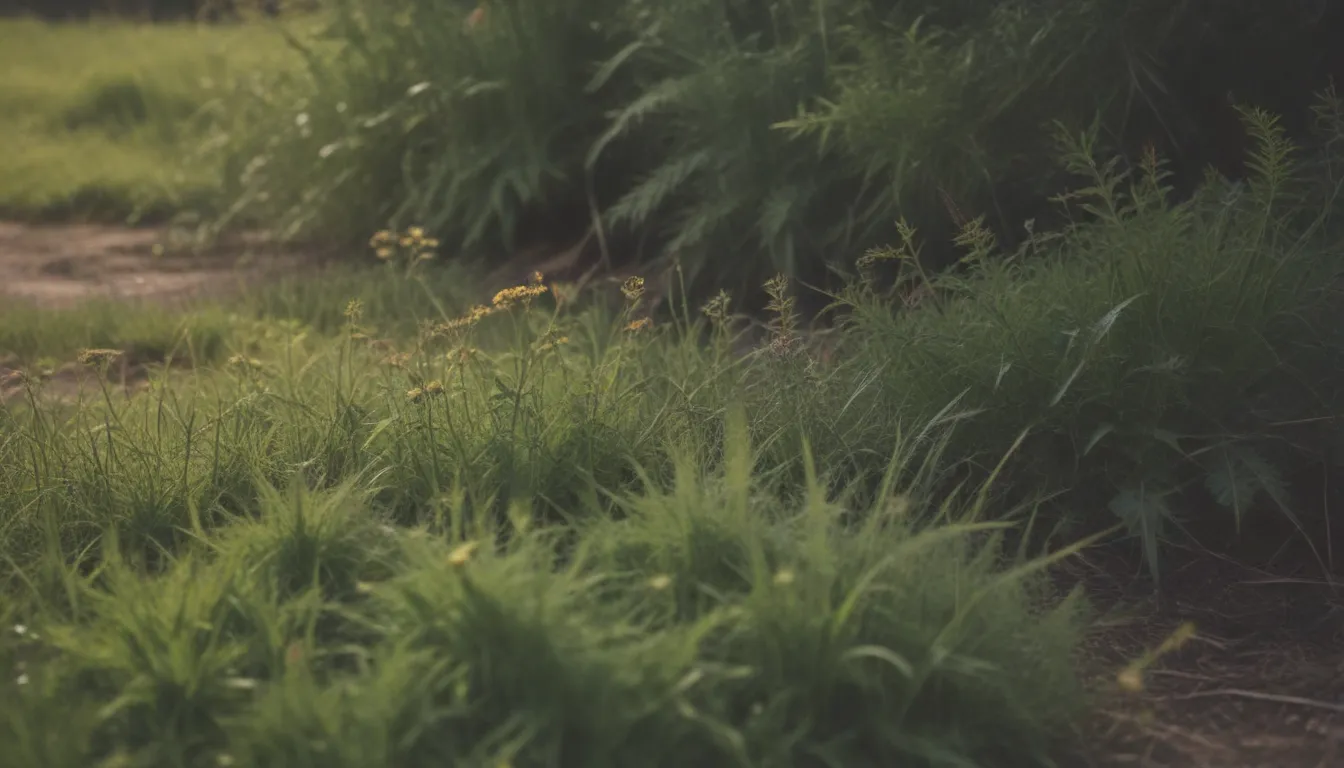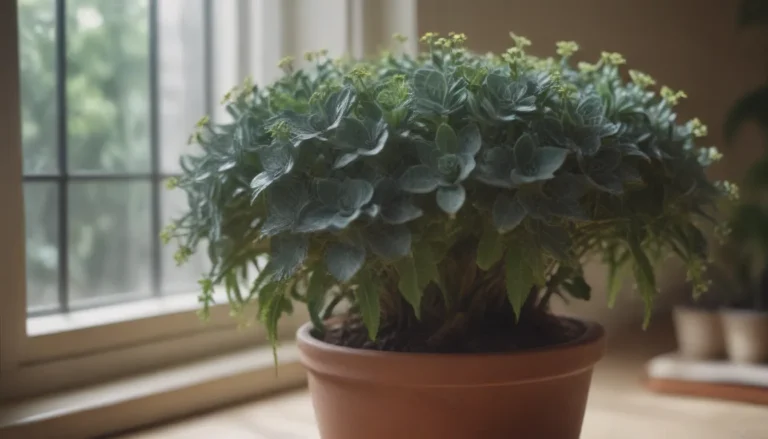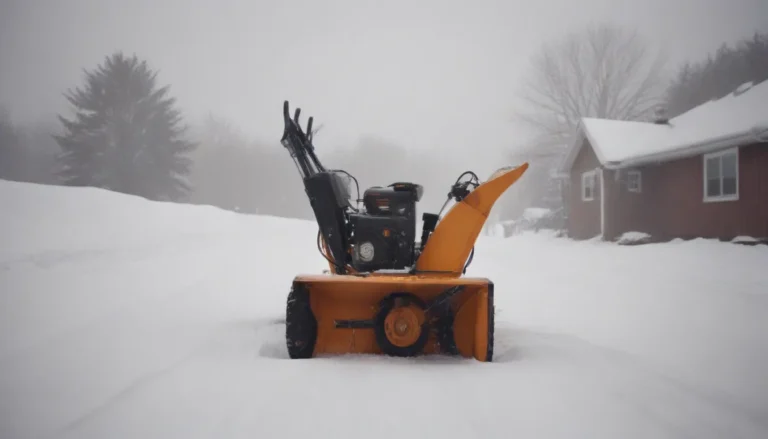The Ultimate Guide to Killing Weeds Without Harming Your Lawn

Maintaining a beautiful, weed-free lawn can be a challenge for any homeowner. Weeds have a sneaky way of popping up and wreaking havoc on your carefully curated green space. The last thing you want to do is end up killing your lawn while trying to get rid of those pesky weeds. Fear not! We’ve got you covered with these ten tips to help you effectively kill lawn weeds without harming your grass.
Pull Weeds by Hand
Some weeds are shallow-rooted and can be easily removed by hand. Take common chickweed, for example – a simple tug before it flowers can prevent future weed growth. Make sure to water the ground before pulling weeds to loosen the soil for easier removal.
Dig Weeds Out With Specialized Tools
For deep-rooted weeds like dandelions, hand-pulling is not effective as it may only break the plant at ground level, leaving the root intact. Invest in a dandelion puller or use a trowel to dig out weeds along with their taproots to ensure complete removal.
Dethatch Your Lawn
Thatch, a layer of dead grass and debris, can create a barrier preventing water and nutrients from reaching your grass roots. Regularly dethatching your lawn by raking vigorously can help maintain a healthy and weed-free lawn.
Aerate Your Lawn
Compacted soil can also impede the flow of water and nutrients to your grass roots. Rent an aerating machine to loosen the soil and improve its overall health. Adequate aeration can enhance your lawn’s ability to fight off weeds and maintain lush growth.
Crowd Out Weeds by Creating a Lush Lawn
Fertilizing, watering, and overseeding are essential tasks to keep your lawn healthy and resilient against weeds. A well-fed and adequately watered lawn can outcompete weeds for sunlight and nutrients, leaving no room for weed growth.
Mow the Grass on Time
Regular mowing not only keeps your lawn looking tidy but also prevents weeds from going to seed. Maintain a mowing schedule based on your grass type – cool-season grasses should be mowed when they reach 4 to 6 inches, while warm-season grasses at 3 to 4 inches.
Mow the Grass “High”
Adjust your mower height to leave the grass at an optimal height – 3 to 4 inches for cool-season grasses and 2 to 2.5 inches for warm-season grasses. Taller grass provides shade to weed seeds, inhibiting their growth and reducing the need for herbicides.
Find the Right Selective Weed Killer
If natural methods are not effective, consider using selective herbicides to target weeds while sparing your grass. Choose herbicides based on weed type and grass variety to ensure effective and safe weed control.
Apply a Pre-Emergent Herbicide for Annuals
Prevent annual weeds like crabgrass from germinating by applying pre-emergent herbicides. These herbicides target weed seeds before they sprout, disrupting their life cycle and preventing future weed growth.
Apply Non-Selective Herbicides Very Carefully
Some tough weeds with underground plant parts, like Japanese knotweed, require extra care when using non-selective herbicides. Avoid damaging your lawn by applying herbicides directly to weeds or using specialized tools for precise application.
Remember, a thick, healthy lawn is your best defense against weeds. Regular maintenance and proper care can help you keep your lawn weed-free without harming your grass. Experiment with different methods to find what works best for your lawn and enjoy a lush, beautiful green space all season long.
In conclusion, killing weeds without harming your lawn is achievable with the right strategies and tools. By following these tips and staying proactive in your lawn care routine, you can enjoy a weed-free lawn that thrives throughout the season. Give your lawn the care it deserves and say goodbye to pesky weeds for good.





